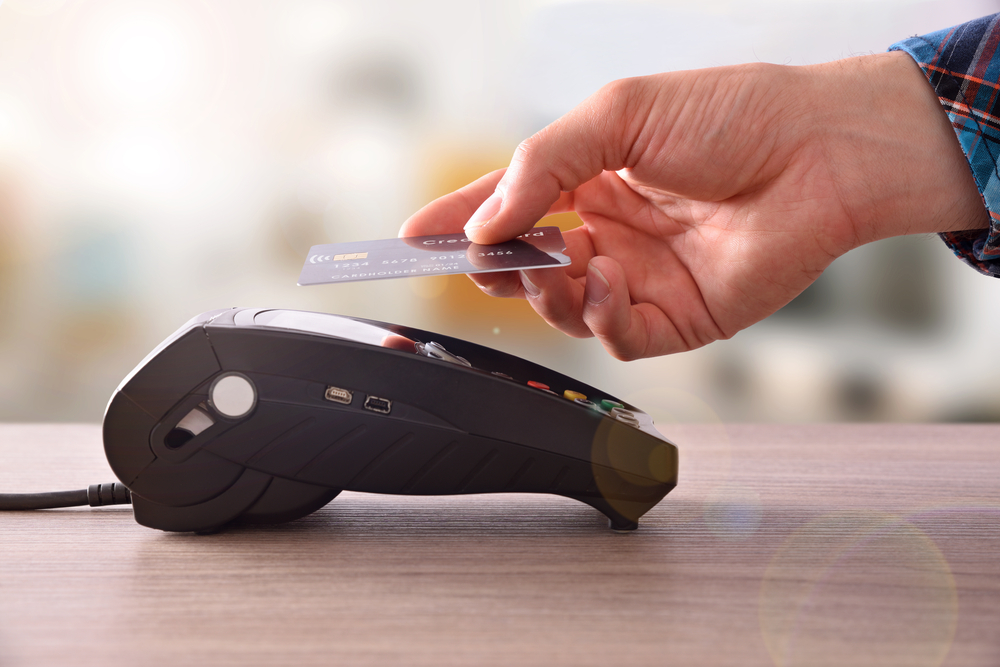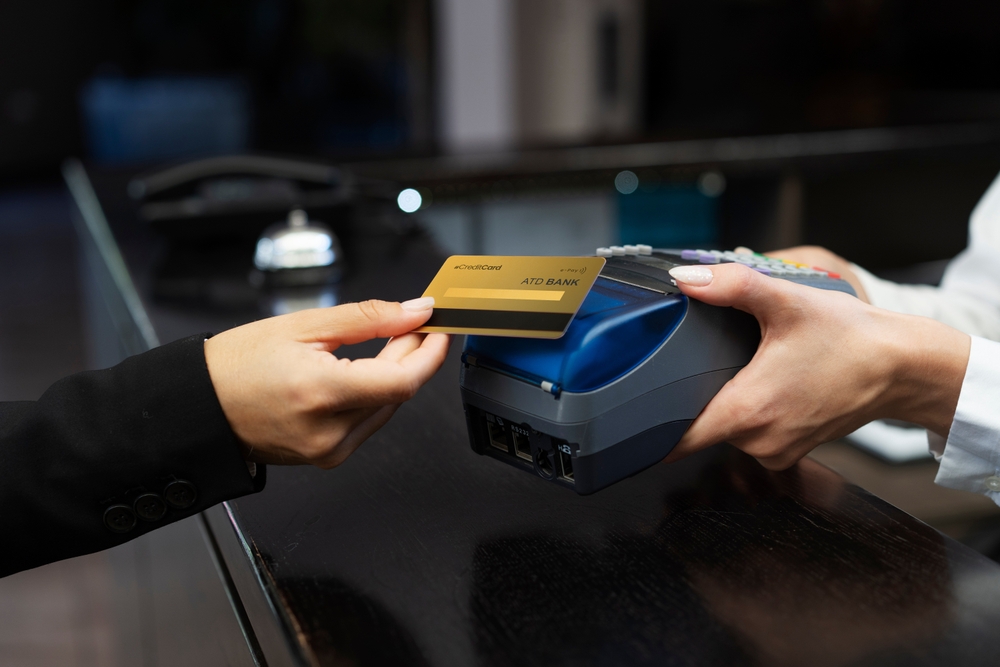Introduction:
In an increasingly digital world, contactless payments have become ubiquitous, offering convenience, speed, and security in financial transactions. From tapping a card or smartphone at a checkout terminal to making payments with wearables or biometric authentication, contactless payment technology has revolutionized the way we pay. However, with the rise of digital transactions comes the need for understanding the technology that safeguards our financial information. In this blog, we delve into the intricacies of contactless payments, exploring the underlying technology that keeps our money safe.
Understanding Contactless Payment Technology:
Contactless payment technology utilizes Near Field Communication (NFC) to enable seamless communication between a payment device and a terminal. NFC is a short-range wireless communication technology that allows devices to exchange data when brought into close proximity, typically within a few centimeters. When a contactless payment card, smartphone, or wearable device is tapped or waved near an NFC-enabled terminal, the two devices establish a secure connection and transmit encrypted payment information, such as card details or digital tokens, to complete the transaction.

Security Features of Contactless Payments:
Despite the convenience they offer, contactless payments are designed with robust security features to protect users’ financial information from unauthorized access and fraud. One of the primary security measures is tokenization, where sensitive card information is replaced with a unique digital token during the transaction. This token, which is randomly generated and valid for a single transaction, prevents interception of card details and enhances security. Additionally, contactless payment devices often incorporate encryption techniques to scramble data transmitted between the device and the terminal, further safeguarding against data breaches and identity theft.
Biometric Authentication and Enhanced Security:
Biometric authentication, such as fingerprint recognition or facial recognition, adds an extra layer of security to contactless payments by verifying the user’s identity before authorizing a transaction. Biometric data, which is unique to each individual and difficult to replicate, reduces the risk of unauthorized access and provides added peace of mind for users. Moreover, biometric authentication enhances the user experience by eliminating the need for PINs or passwords, streamlining the payment process while maintaining security standards.
Securing Contactless Payment Devices:
In addition to the security measures implemented in contactless payment technology, users can take proactive steps to protect their payment devices from unauthorized use. Simple measures such as enabling device passcodes or biometric locks, keeping software up-to-date, and monitoring transaction activity can help mitigate the risk of fraud and unauthorized transactions. Furthermore, users should be vigilant when using contactless payment devices in public places, ensuring they are not susceptible to “skimming” devices or unauthorized scanning.
The Role of Regulation and Compliance:
Regulatory bodies and industry standards organizations play a crucial role in ensuring the security and integrity of contactless payment systems. Compliance with regulations such as the Payment Card Industry Data Security Standard (PCI DSS) and adherence to security protocols established by card networks and financial institutions are essential to maintaining trust and confidence in contactless payments. Furthermore, ongoing collaboration between stakeholders, including payment providers, merchants, and consumers, is vital to addressing emerging security threats and evolving regulatory requirements.
Social Impact and Accessibility:
Beyond their technical intricacies, contactless payments have a significant social impact by promoting financial inclusion and accessibility. By providing an alternative to cash transactions, contactless payments empower individuals who may not have access to traditional banking services, including the unbanked and underbanked populations. Moreover, contactless payments facilitate charitable giving and support social causes by enabling seamless donations to nonprofit organizations and community initiatives. By embracing contactless payment technology, businesses and governments can promote financial empowerment and foster economic participation among marginalized communities, ultimately contributing to a more inclusive and equitable society.
Future Trends in Contactless Payments:
As technology continues to advance and consumer preferences evolve, the future of contactless payments holds exciting possibilities. Innovations such as wearables, Internet of Things (IoT) devices, and biometric wearables are reshaping the landscape of contactless payments, offering new avenues for secure and convenient transactions. Moreover, the ongoing shift towards a cashless society and the increasing adoption of contactless payment technology by merchants worldwide will further accelerate the growth of contactless payments. However, alongside these advancements, it is imperative to prioritize security and privacy to ensure the continued trust and adoption of contactless payment solutions.

Conclusion:
Contactless payments have transformed the way we pay, offering convenience, speed, and security in financial transactions. From NFC technology and tokenization to biometric authentication and encryption, contactless payment systems employ a myriad of security features to safeguard users’ financial information. By understanding the underlying technology and implementing best practices for security, consumers can confidently embrace contactless payments as a safe and convenient payment option. As technology continues to evolve and adoption rates rise, contactless payments are poised to play an increasingly integral role in shaping the future of commerce, offering seamless, secure, and frictionless payment experiences for users worldwide.
